Radiography is a non-destructive testing method that involves obtaining an image of the material density of an object that has been penetrated by X-ray or gamma-ray electromagnetic radiation. Radiography is a technique that enables us to visualize the lack of material in the volume of the object under inspection, on a two-dimensional image. Tomography is an examination technique also based on the absorption of electromagnetic radiation, which can be used to obtain material densities by volume elements.
This technique offers several advantages, such as the need to access only one side of the part, the sensitivity of defect detection, the possibility of checking the compactness of a given volume and the positioning of detected indications in the thickness. Ultrasonic testing can also be used to estimate the importance of an indication by means of its reflectivity (reflection testing) or the attenuation produced (transmission testing).
Magnetic particle inspection is widely used in sectors such as metal construction, forging, boiler making, etc. It can be used to inspect parts with simple or complex geometries. The operation, which is relatively quick, can be carried out on both small parts (10 mm screws) and large parts (ship crankshafts, aircraft landing gear).
Penetrant testing is an NDT method that can be easily integrated into production or maintenance lines. Apart from the low cost of implementation, one of the main advantages lies in the ability to detect defects such as cracks, corrosion fissure, porosity, pitting, etc. with great reliability, whatever their orientation and location on the part to be inspected, but also whatever its size and complexity of geometry.

